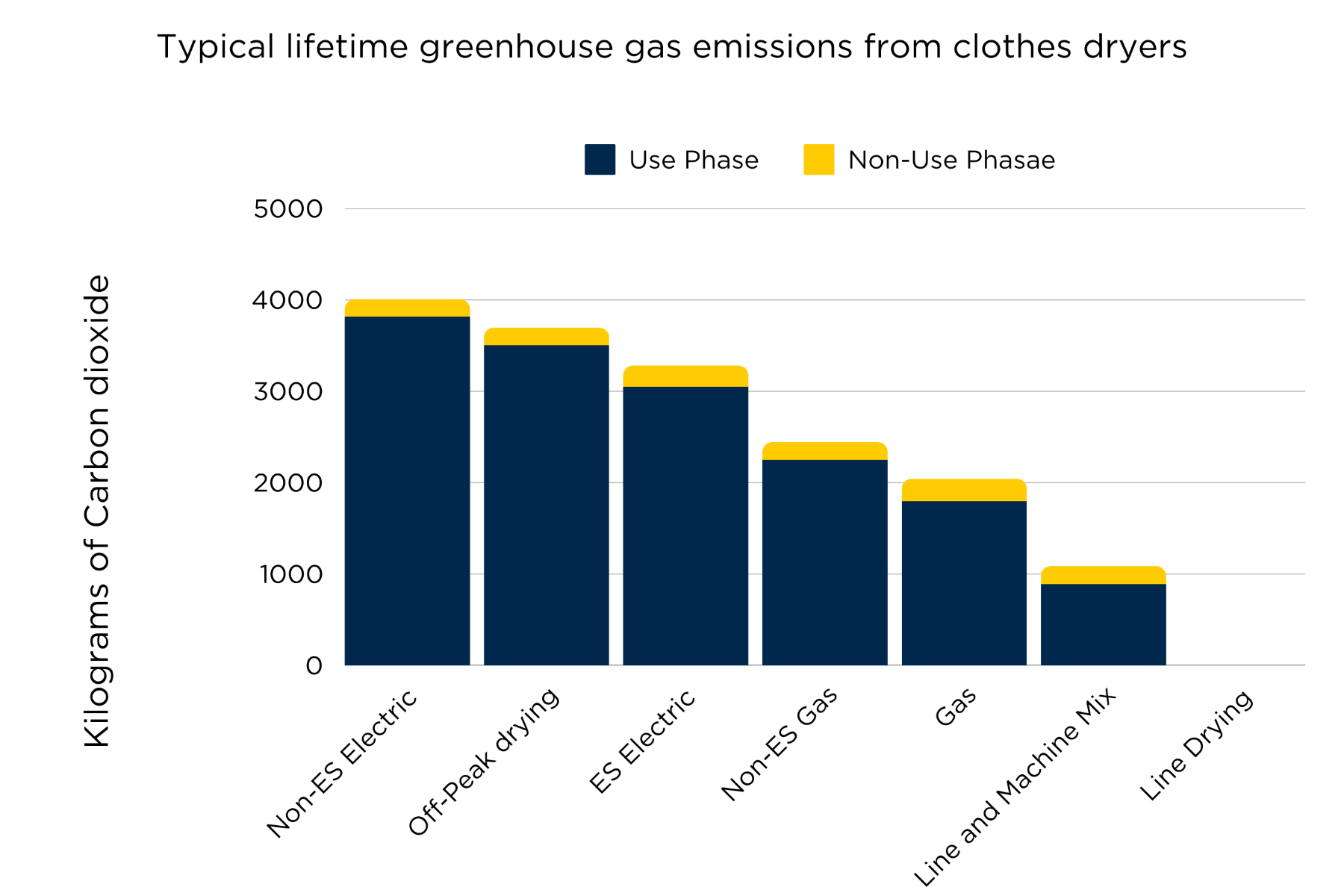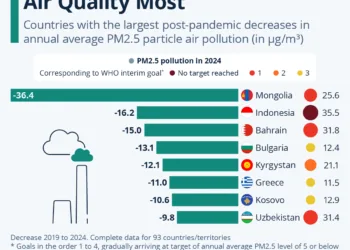Recent studies conducted by experts at the City University of Hong Kong revealed that a single clothes dryer can release up to 120 million microfibers into the environment. These tiny particles, particularly those made from synthetic materials, can pose various health risks when breathed in or ingested, often carrying other harmful pollutants along with them.
In addition to the environmental impact, another study highlights that our everyday clothes dryers are significant contributors to carbon dioxide emissions and can lead to steep electricity costs, amounting to thousands of dollars annually. The insights from these findings are quite startling, as are the potential solutions.
Financial and Environmental Burdens
According to a report from the University of Michigan’s School for Environment and Sustainability, more than 80% of homes in the United States have a clothes dryer—this figure is higher than in any other nation. These appliances typically account for nearly 3% of a household’s yearly electricity consumption.
Collectively, these dryers consume about $7 billion worth of electricity nationwide each year, while also contributing 27 million tons of harmful carbon dioxide into the atmosphere due to the energy production process. So what can we do to address this issue?
Experts suggest returning to traditional methods as a viable solution. For instance, air drying clothes can save households approximately $2,100 in operational expenses annually, and it costs nothing to implement.
Some might consider that investing in a more energy-efficient dryer could mitigate these issues. However, an upgrade is not always cost-effective. In fact, purchasing a new appliance might end up being more expensive in the long term.
Exploring a Practical Solution

Instead of relying solely on dryers or completely abandoning them, researchers found that a balanced method, utilizing both line drying and dryer use, is the second most economical and environmentally friendly choice—more effective than merely investing in energy-efficient dryers.
The environmental impact of clothes dryers can vary significantly based on location. For instance, regions that depend heavily on fossil fuels for electricity generation face a much larger environmental burden compared to those equipped with renewable energy sources like hydroelectric power.
“Depending on the region, switching from a gas dryer to an electric model could decrease emissions by over 90%, or conversely, increase them by over 220%,” according to the research team. This study was published in the journal Resources, Conservation and Recycling.

It’s important to note that not every household can completely eliminate the use of a dryer in favor of air drying, especially those living in smaller spaces. However, there are still beneficial changes that can be made for a positive impact.
The research indicates that utilizing dryers during off-peak hours, such as late at night, can reduce annual carbon dioxide emissions by as much as 8%.
“A large balcony or spacious backyard isn’t necessary,” states Zhu Zhu, the study’s lead author, sharing their experience of line drying in a small apartment. “You might be surprised by how much capacity you really have.”





